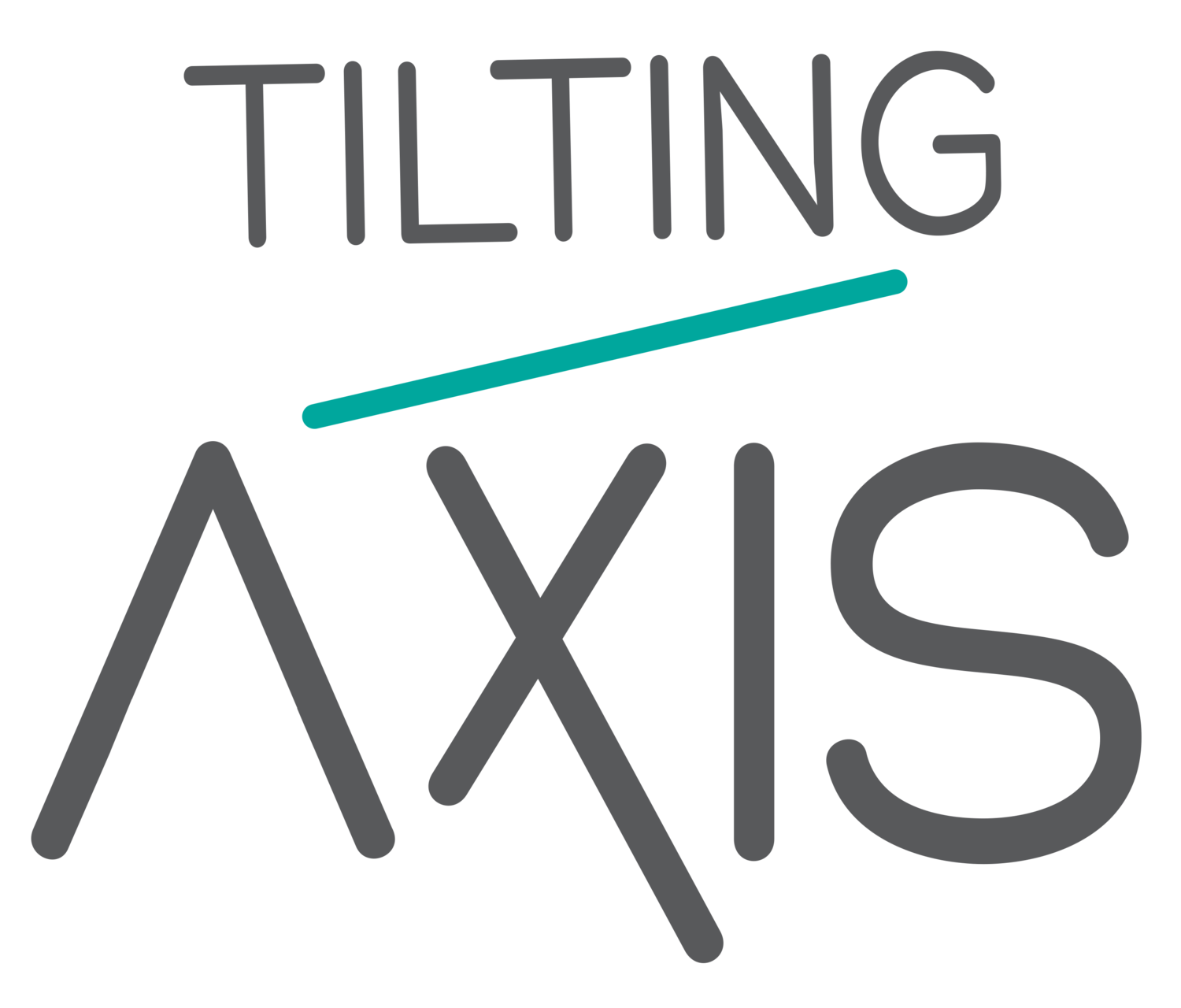When I received the invitation from Holly Bynoe and Annalee Davis to participate in the first edition of Tilting Axis: Within and Beyond the Caribbean — Shifting Models of Sustainability and Connectivity, I was thrilled.
I was thrilled because it would be the first time that I would be able to connect with older acquaintances, to meet new faces and share experiences and concerns about contemporary art in the Caribbean with people in the region, outside the French network. For two years, since the espace d'art contemporain 14°N 61°W has been opened in Fort de France, it has been question of how a platform such as 14°N 61°W could fit in the new configuration of contemporary art in the Caribbean, beyond the boundaries of French-speaking territories, and how interactions with artists, professionals could benefit not only the project and those involved, but also others outside a specific community, region, area and so on.
Questions such as — the elaboration of new models for contemporary art in the Caribbean; the interest in the region and of the region for the contemporary art world and markets; questions of art education and its funding, along with public targeting and the added value off experiences from abroad and return — have been relevant for me.
From its beginning, the project of 14°N 61°W consists in a gallery, a platform that offers artists from Martinique another possibility to promote, to diffuse and eventually to sell their works to other audiences than the quasi inexistent art market in Martinique. I have been wondering how it would be possible to deal with issues such as exchanges, connectivity with other artists and entities in the region with a fresher, younger dynamic and as cultivated and motivated to make things change for the arts in the Caribbean possible, even if there are some older models of interactions still in place.
Being part of Tilting Axis, gave me the opportunity to have an overview of the situation in the region on various perspectives and actions possible regarding contemporary art of the region.
Questions such as — the elaboration of new models for contemporary art in the Caribbean; the interest in the region and of the region for the contemporary art world and markets; questions of art education and its funding, along with public targeting and the added value off experiences from abroad and return — have been relevant for me.
The sharing of each other's experience on the different levels of the art fields also reinforced the idea that we must create the change we want in terms of sustainability and connectivity in the Caribbean and further.
The conference allowed me as well to find out the various possibilities artists have now compared to previous times. Certainly they paved the way for our comfort today, but with the knowledge we have acquired through their learning, teaching and experiences, we all agree that this is time for a new chapter in the making of art history in the Caribbean.
We must create a new market for Caribbean art and artists and at the same time engage critically with it. Exchanges and collaborative strategies must prevail if we want to accentuate the visibility, the accessibility to contemporary art of the region.
Overall, Tilting Axis has been a great opportunity to express ourselves about what we do, what's happening on each island, in the region. It gave me the possibility to engage with a passionate bunch of individuals — not to feel any sense of isolation. All I hope for now is the success of upcoming projects and collaborations that I would willingly facilitate or participate in with members of the conference in a near future.
Though with limited means, I would be very happy to support Tilting Axis as much as I can here in Martinique and beyond. Whenever it will be possible, espace d'art contemporain 14°N 61°W can be considered as an outpost for Tilting Axis’ future operations.
caryl* ivrisse crochemar, Director
espace d'art contemporain 14°N 61°W
Martinique


